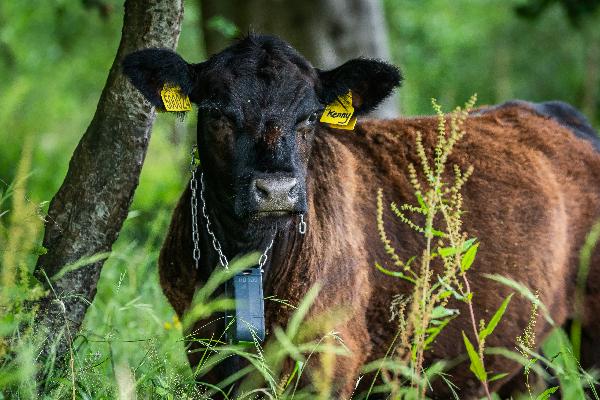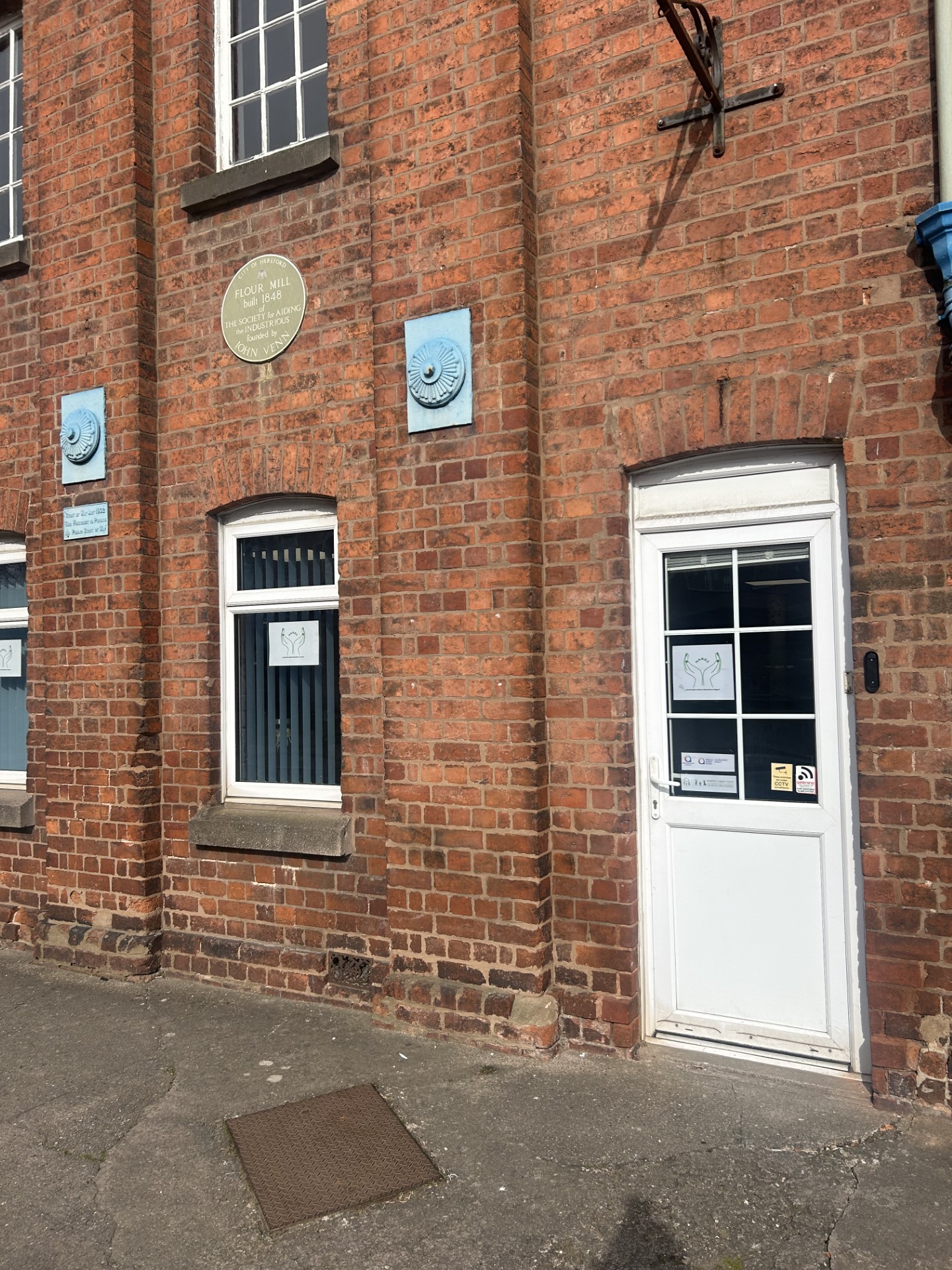Photo Credit: Ben Lee
A clever herd of Dexter cows has learnt to associate the sound of music with a virtual fence to help protect an Iron Age hill fort nestled in the Wye Valley.
Many hundreds of years ago, Little Doward Hill Fort built in the 5th Century BC, near Whitchurch, provided protection for a prominent Iron Age war Lord from the likes of oncoming Anglo Saxon warriors.
Now the biggest battle the Woodland Trust owned site faces is against vegetation and invasive species sweeping over it.
The charity has reached out to innovation and a small herd of Dexter cows to help it protect and restore the fort, as well as the 82 hectares of beautiful woodland around it.
The cunning cows, which feast on many different varieties of plants and berries, have learnt to associate musical beats, played through a solar powered collar, with a virtual fence so it’s even removed the need for a traditional wooden posts and rails.
Richard Brown, Woodland Trust site manager said:
“Little Doward is a really ancient and special site with not only the fort which looks over the beautiful Wye Valley, but ancient woodland too.
“It is a bit of a battle to preserve the fort from vegetation and we have turned to grazing a small herd of fluffy and friendly Dexter cows who have been trained to associate musical beats with a virtual fence so now the eye sore and expense of building a fence is no longer needed.
“This is a win all around for the site. For nature and restoration the cows are ideal grazers across a wide range of species. They help spread seeds through their dung and gently move the soil around but without destruction.
“For the fort itself they are able to stop vegetation engulfing it and the virtual fencing technology, via an app, helps us to move the herd around, in effect moving the fence. The cows are very friendly too so if people do visit, don’t be scared – they may just want to come up to you and say hello!”
Although only a small part of Little Doward Woods is ancient, it is an incredibly important habitat. It provides refuge for many plants and animals, some of which are only found in isolated pockets across the UK.
Little Doward Woods forms part of the Wye Valley Special Area of Conservation (SAC) and Upper Wye Gorge Site of Special Scientific Interest (SSSI). There are numerous veteran oak and beech trees here, plus rare and interesting wildlife.
It is of national importance for its saproxylic beetles (beetles which need dead or decaying wood to complete their life cycle), including the incredibly rare Cosnard’s net-winged beetle. The high number of ancient and veteran trees at the wood provide the deadwood and associated fungi these species rely on.
This site has been a feature of the landscape for centuries, first as a Bronze and Iron Age stronghold. The Little Doward Camp is a Scheduled Monument which crowns the wood and provides spectacular views across the Wye Valley. It was the hilltop stronghold of Iron Age chiefs, and the battlements can still be explored today. Historians have linked the fort with the fifth-century warlord Vortigern, said to have fled here from the invading Saxons.
It was used for some time as common land before being enclosed and turned into a Victorian deer park. Down by the river, 18th-century limestone kilns have been preserved and restored to give an indication of the Wye Valley’s industrial past.
A miniature canyon was dynamited by the 1820s metal magnate Richard Blakemore, whose ‘picturesque’ landscaping of his estate here included a 70ft iron tower on the hilltop, so that his guests could gaze downriver to Monmouth.
In the 1950s the Forestry Commission planted large parts of the wood with a mixture of conifer species. In 1953 in the south western corner of the wood, they even planted a pattern of larches and cedars to create the letters ER in celebration of the Queen’s coronation.
More on Little Doward
*People can learn more about how trees and cows and work together for the good of nature and farming at the UK’s first solely Agroforestry Show which features over 120 speakers. More here: www.agroforestryshow.com




